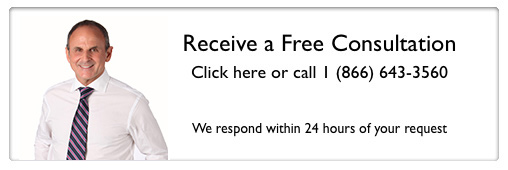If you recently received notice of an IRS ACA audit, you are not alone. An industry report estimates that around $31 billion will be paid in ACA penalties this year alone. These notices hit the mailboxes immediately after the presidential election and continued through 2017. The feds will come after Applicable Large Employers (ALEs) suspected of not complying with Sections 4980H, 6721, and 6722 of IRS tax code. However, there are ways to fight this battle and even to avoid it altogether.
The Bare Minimum? Minimum Essential Coverage
For employers with 50 or more full time employees or the equivalent, also known as ALEs, there are two types of penalty that Section 4980H could impose. There are “A” penalties that cost $2080 per employee per year and “B” penalties that are $3120 per year. The former is for failing to offer minimum essential coverage to 95% of full time employees, while the latter is for providing coverage that either was not affordable or did not meet minimum ACA requirements.
The High Price of Lost Paperwork
While many companies are not familiar with Section 4980H, Sections 6721 and 6722 should be more familiar. These impose penalties for failing to file returns or to furnish 1094 and 1095 forms accurately on time. These also apply to documents related to the ACA and can substantially compound fees. The typical charge is $260 per return (or per employee) up to a whopping $6 million. In addition, these penalties can be doubled if you cannot show that you gave reasonable diligence to getting paperwork out on time.
Is It Too Late to Avoid ACA Audit Penalties?
If you are one of the many who has received an ACA audit notice, it is not too late to avoid or minimize some of these hefty fees. First, get your paperwork in order. The goal is to prove, if possible, that you did indeed provide the required health care benefits for more than 95% of your employees for the year. If you indeed did do this, there is a good chance that you can avoid penalties. You also must be able to show minute details such as how many full time equivalents your employees each are. If you cannot prove this, you may be able to reduce the amount of your fees by showing that you made good faith efforts to comply or to file the appropriate paperwork on time.


